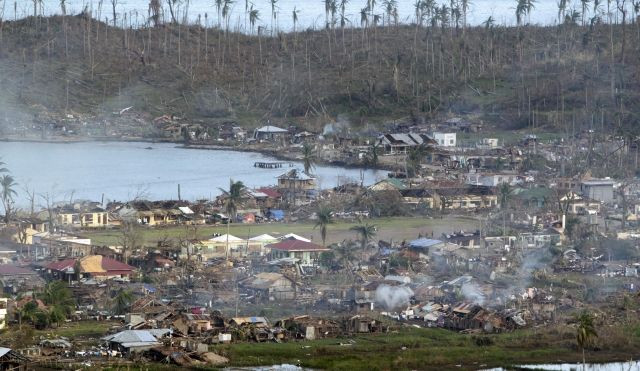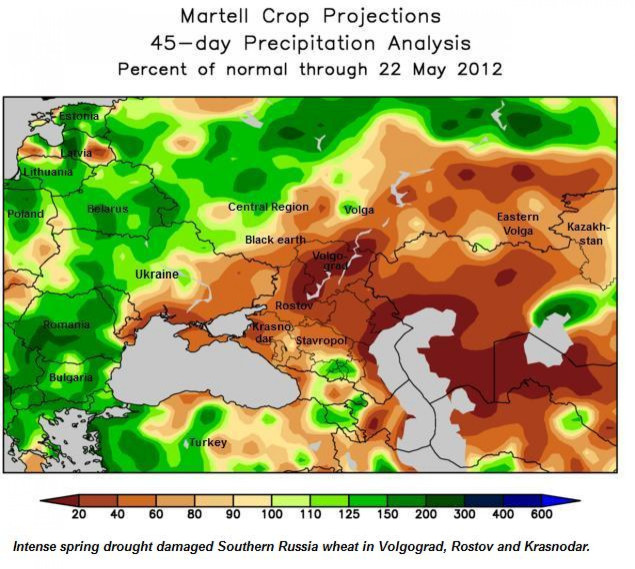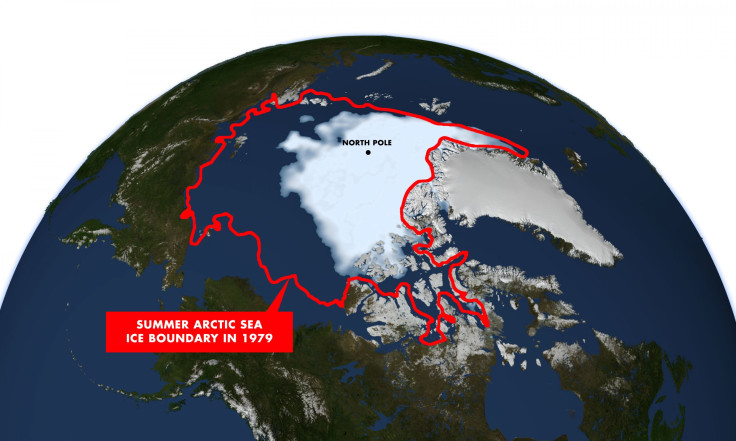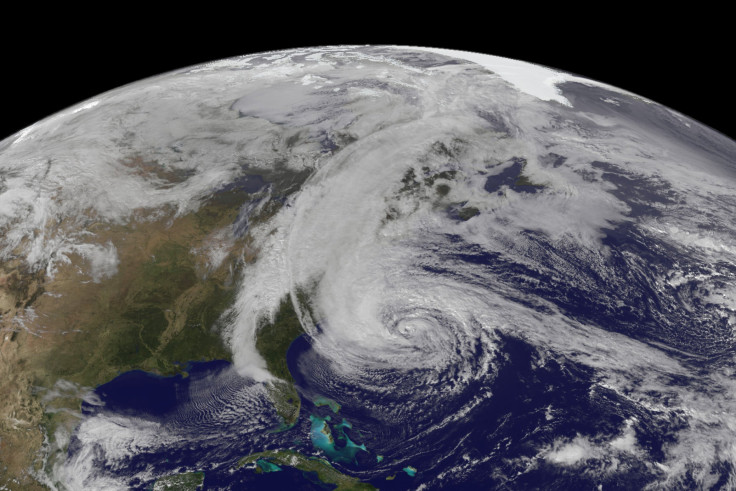2012: A Year Of Climate Change Wake-Up Calls
While some may have been expecting a bogus apocalypse to draw humanity’s relatively brief stint on this earth to a close shortly before the end of 2012, the reality is that “the end” will probably not come in a single moment. It is more likely that it will take the form of a slow and painful decline, which is arguably already in progress given the escalating -- and very real -- threat of climate change. The year 2012 was not the end of the world, but a year of unprecedented environmental events -- droughts, floods, wildfires and catastrophic storms -- that are only expected to increase in frequency and intensity if exploitation of the planet continues unchecked.
Here are the top five environmental warning signs of 2012:
5. Typhoon Bopha

In early December, Typhoon Bopha tore through the Philippines, striking the southern island of Mindanao. The death toll stands at over 1,000 and continues to climb, while more than 300,000 people are estimated to have been displaced. Many more remain missing as rescue crews try to reach remote areas of the island.
With winds reaching 138 miles per hour, and heavy rains causing flash floods and landslides, Bopha is the most powerful storm to hit the region in recent years and reached further south than previous storms. Deforestation, mining and poor building construction were also factors in the damage caused by Bopha.
4. Russian Drought

This summer Russia experienced its worst drought in 40 years. The record high temperatures and low precipitation resulted in wildfires and damaged crops, cutting the country’s estimated grain output by about a quarter from 90 million tons to 70 million.
Russia, the world’s third-largest exporter of wheat, was forced to limit its exports, driving world food prices up. The situation was exacerbated by a parallel drought in North America, also another major center of global food production.
3. Colorado Wildfires

Amid a record-breaking drought in North America, wildfires swept through the U.S. state of Colorado during the summer. Hundreds of homes were destroyed, causing an estimated $450 million in damage.
2. Arctic Sea Ice Hits Record Low

Sea ice in the North Pole hit its lowest levels on record in September, shrinking down to 4.6 million square miles.
While melting sea ice does not contribute to rising sea levels, it indicates that ice shelves, such as those in Greenland and Antarctica are subject to faster depletion than previously anticipated, which will cause the oceans to rise and threaten coastal regions and small island nations.
1. Superstorm Sandy

Superstorm Sandy may be remembered as the wake-up call for Americans about the reality of climate change due to the level of damage it caused in the most populated region in the U.S.
It began as a hurricane in the Caribbean, where it claimed more than 60 lives and displaced thousands, and was later downgraded to a tropical storm as it approached the U.S. Atlantic coast. As it made landfall it combined with a cold front approaching from the north, turning it into a freakish storm system.
More damaging than the heavy rains or high winds, was the storm surge that hit the unprepared cities in the Northeast, flooding the nation’s financial center in Lower Manhattan, along with thousands of homes and businesses from New Jersey to New England.
The storm claimed more than 100 lives in the U.S. and caused over $42 billion in damage.
© Copyright IBTimes 2025. All rights reserved.




















